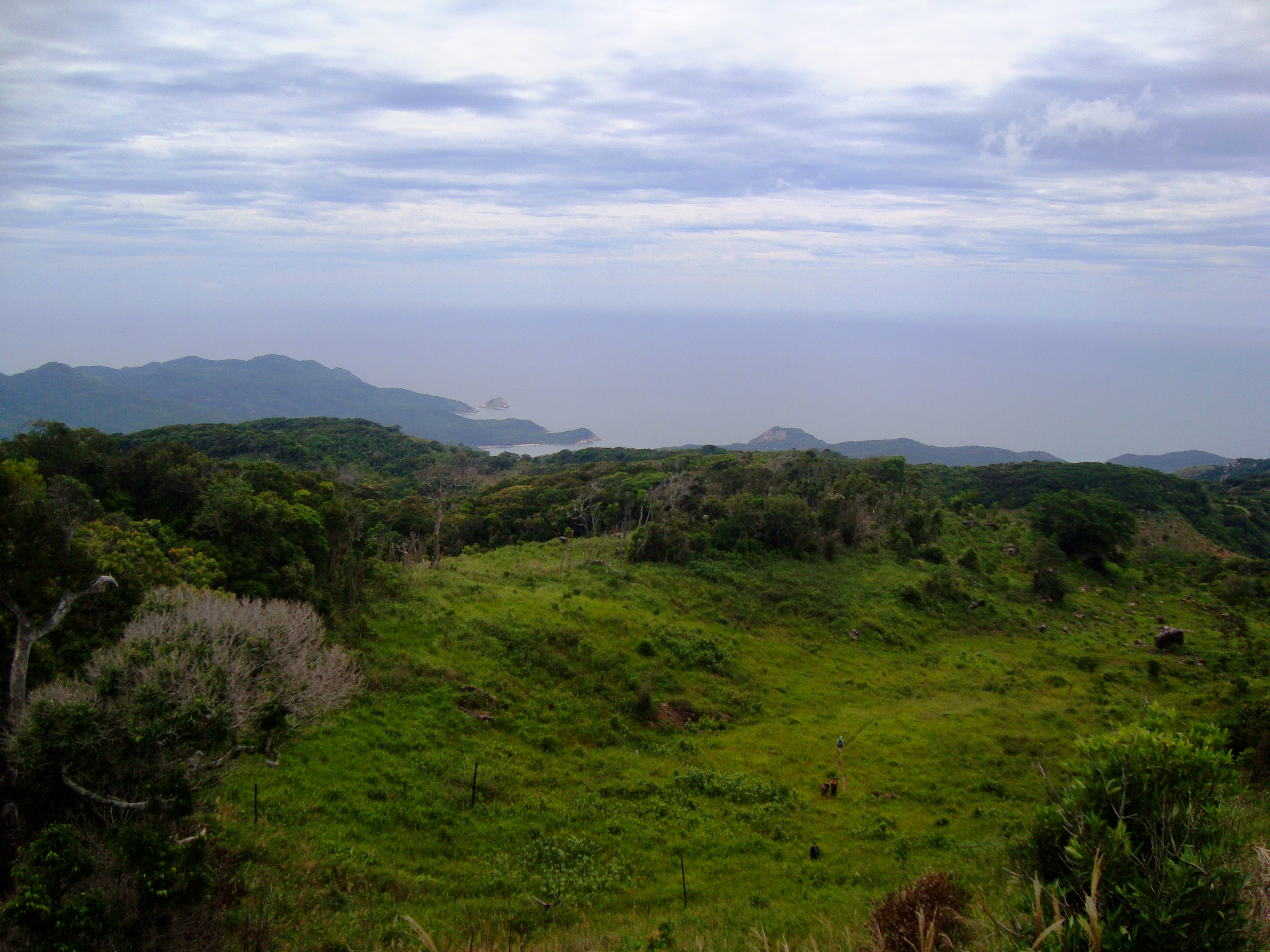
Share
Framework for Development and Management of Coastal Forests in Vietnam
CHALLENGE
Forests along Vietnam’s extensive coastline help promote adaptation and resilience against the impacts of climate change, including by reducing coastal and inland flooding, regulating water flow and quality, stabilizing hillsides, and sequestering carbon. These are all services that have the potential to generate revenue and leverage finance for larger-scale action.
Vietnam’s investments in forest rehabilitation over the last few decades have resulted in increased forest cover and an expanded timber industry. However, a primary focus on aforestation for wood supply has reduced the emphasis on natural forests and the range of ecosystem services that they provide. As a result, forest quality has declined and deforestation has deteriorated many natural coastal defenses, affecting the lives and livelihoods of forest-dependent communities.
APPROACH
PROFOR and the World Bank are supporting the Government of Vietnam in implementing the country’s 2006-2020 Forestry Development Strategy, which envisions the widespread delivery of ecosystem services for sustainable development, livelihoods and growth. To achieve this, there is a need to strengthen the planning, governance and management of forest resources to promote inclusion of local government and communities in forest management.
Specifically, this activity will support the Vietnam Forest Administration (VNFOREST) in developing two sets of guidelines for further policy actions: one guideline on the restoration, conservation and management of coastal forest within selected coastal areas; and another for reviewing the forest types in coastal provinces and the development of appropriate monitoring frameworks
RESULTS
This project has been completed. The following draft outputs were developed.
- Technical guidelines for integration of aquaculture and agriculture in the coastal forest
- Guidelines on criteria for reviewing coastal protection forest planning
- Coastal situation assessment for national and coastal provinces
The Guidelines for implementing integrated agricultural and aquaculture production in coastal forests, for the first time, allow these activities to be implemented in coastal forest areas. The Guidelines are underpinned by a technical report on different models for integrated agricultural and aquaculture production in coastal forests, which was developed in collaboration with the GoV (at national and provincial levels) and is a government-owned resource. In so doing this project contributed to enhancing the technical knowledge and expertise within the government to develop and manage coastal forest.
The Guidelines aim to provide the regulatory basis for generating income from sustainable activities in coastal forest areas that are classified for protection functions. The regulation builds on lessons and experiences from the implementation of integrated production systems implemented in different parts of Vietnam, for example the Mekong Delta, Ca Mau, Thua Thien-Hue, Thai Binh, and Nam Dinh provinces. The Guidelines clarify the roles and responsibilities of different stakeholders including provincial departments, community groups and the private sector.
The Guidelines on criteria for reviewing coastal protection forest planning have enhanced the government’s capacity to classify coastal forest and coastal areas that are important for enhancing resilience to climate change. Specifically, the Guidelines (i) provide a legal basis for the identification of vulnerable coastal areas and measures for sustainable forest uses; (ii) provide the legal basis to review and adjust the planning for coastal protection forests to respond to climate change while using participatory approaches; and (iii) build government’s capacity for planning and monitoring of coastal protection forest.
The policy focuses on improvement of the processes for stakeholder engagement and involvement in classifying coastal forest, including by addressing conflicts that may arise due to coastal forest classification and other social safeguard issues. The policy also brings coherence and coordination on the classification of coastal forest, master planning, and monitoring of coastal forests by defining the roles and responsibilities of local government departments, communities and the private sector. These outcomes support strategic planning and channeling of resources that can help achieve the desired targets for coastal forest increase. The work to assess the coastal situation furthers the Guidelines on coastal forest planning in the broader context of key coastal sector planning. It focuses on how the management of coastal forest integrates with the broader coastal zone management.
The outputs contributed to the policy dialogues on coastal forest development and protection in the context of climate change. Technical work done as part of this project informed the design of the Forest Sector Modernization and Coastal Resilience Enhancement Project developed by the Government of Vietnam. This project, approved for World Bank financing in June 2017, aims to improve coastal forest management in targeted provinces.
For stories and updates on related activities, follow us on twitter and facebook , or subscribe to our mailing list for regular updates.
Last Updated : 06-15-2024








